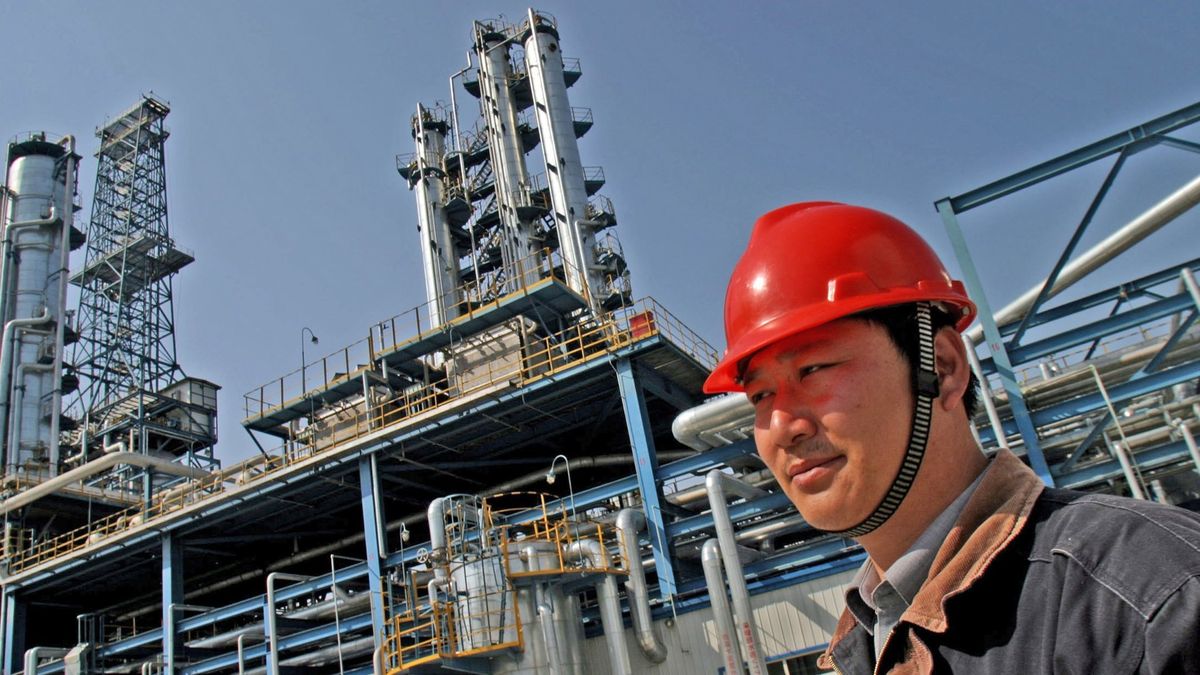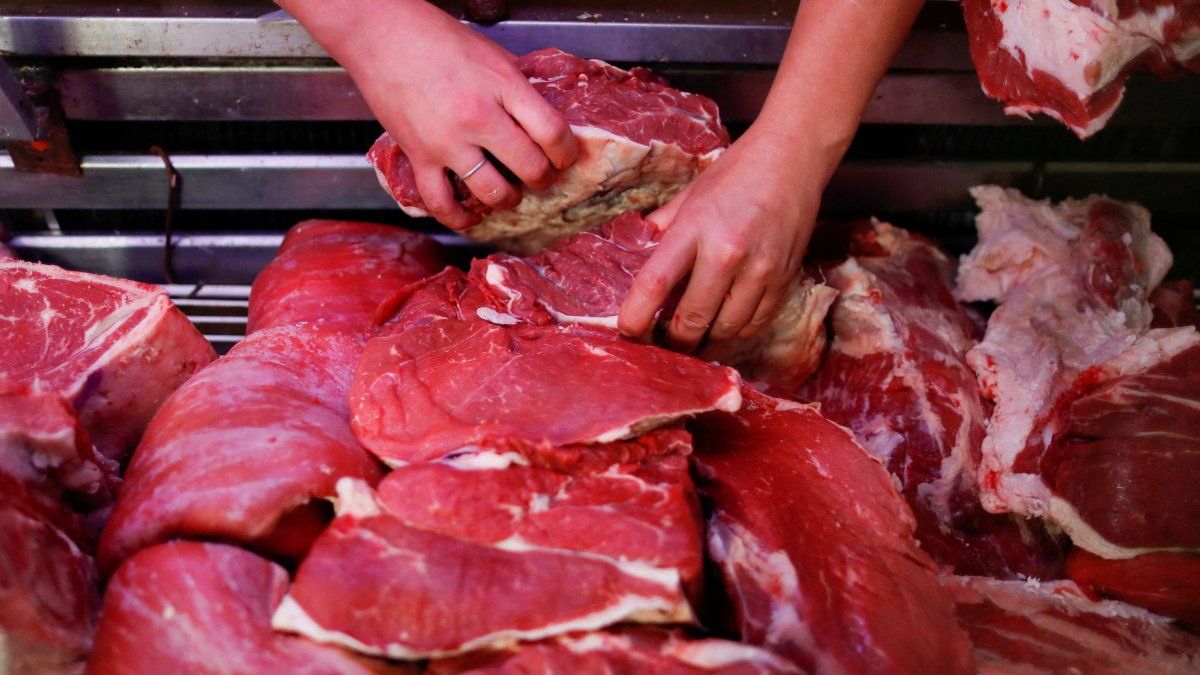A recent series of discouraging indicators caused the reduction of expectations regarding the economic performance of China in the month of July, in an unpleasant sign for the rest of 2024 and which points to the need for more stimulus measures by the Chinese government beyond covering up the weak points of the world’s second-largest economy.
Calls for further measures to boost growth of a $19 trillion economy have harassed officials after a post-pandemic recovery widely expected will not materialize in 2023. Nevertheless, the government is targeting economic growth of around 5% this year.
The latest data published point to a complicated start for the second half of the year. On Tuesday, data from the Chinese central bank showed new bank lending in July fell to a 15-year low, while other key indicators showed export growth slowed and factory activity slumped as manufacturers grapple with tepid domestic demand.
A slow-growing economy
The economy had already grown more slowly than expected in the second quarter, expanding 4.7% from a year earlier as cautious consumers remained reluctant to spend and trade ties with major markets grew more strained, suggesting a prolonged period of sluggishness is increasingly likely.
“The market consensus will move to the left side of the ‘around 5%’ growth target as the economy slowed in July and a robust plan to support the economy appears to be lacking,” said Xu Tianchen, a senior economist at the Economist Intelligence Unit, which has maintained its growth forecast at 4.7% since March.
This Thursday, China will announce a series of activity dataEconomists expect that the retail sales grow 2.6% year-on-year last month, compared with 2.0% in June, while the industrial production has grown at a slower pace and investment growth has stabilised.
Exports don’t help either
One of the few bright spots of this year – the exports- has so far failed to spark a broader economic recovery, largely because manufacturers have had to cut prices to find buyers abroad amid weak domestic demand.
In addition, there are signs that the global demand is slowing. The official survey of factory managers for July showed that producers received fewer export orders for the third consecutive month.
“It all depends on the exports”, “Exports are stagnant, and we’ve already seen Thailand announce tariffs on imports, and of course Turkey, Europe and the United States,” said Alicia Garcia Herrero, chief Asia-Pacific economist at Natixis.
“If we see exports growing negatively, then I think we need to reduce our projections for 2024, maybe to 4.2%, something like that,” he added.
Undoubtedly, after a surprise reduction in the interest rate In the short term in July, many economists expect further interest rate cuts in China later this year, especially if the United States Federal Reserve The government is beginning to cut borrowing costs from September. But with domestic demand so weak and the outlook uncertain, households and businesses are in no hurry to borrow.
“There is certainly a chance that officials will rush to announce a clearer plan to stimulate domestic consumption as they seem particularly concerned about recent weak domestic demand,” said Xu of the EIU.
Source: Ambito




